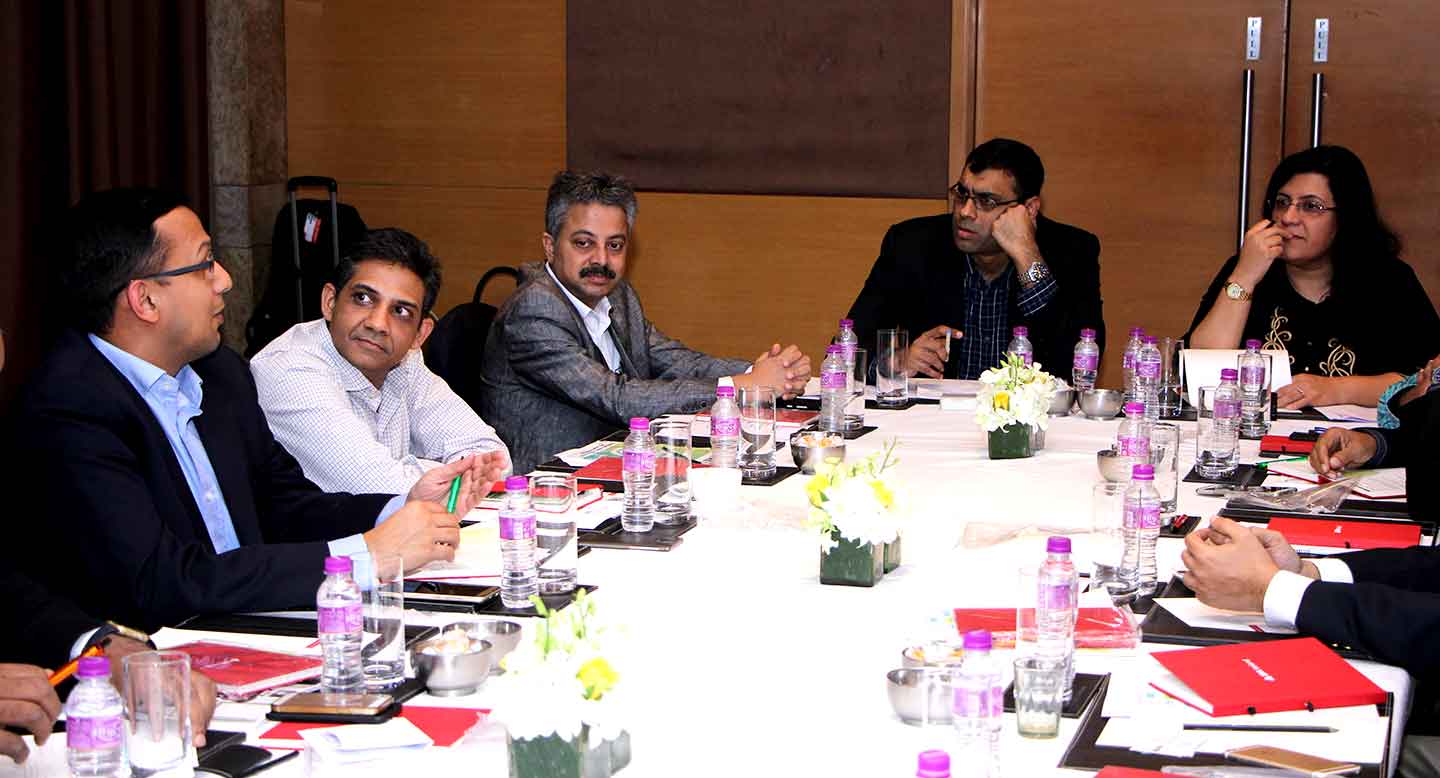Every one of the 35 fintech entrepreneurs we spoke to, is bridging a gap in two segments; for MSMEs, the glaring gap in availability of finance, and for consumers, improving penetration of basic financial products. But, how conducive is the Indian ecosystem to support this growth?

What is the one thing in common among Razorpay, Ezetap, Capital Float and Paytm, aside from the fact that they all fall under the ‘fintech’ category? If you observe their business models closely, you would notice that each of these ventures find resonance and similarity with their Western and Asian counterparts.
Let’s take the all too familiar Paytm, for example. Founded initially as an internet venture under the banner One97 Communications, the company operated as a mobile recharge website, until the mobile revolution post 2010 amped its growth with a foray into mobile VAS, mobile commerce and primarily, mobile payments & wallets, thus making it an Indian counterpart to China’s Alipay. So is the case with Bengaluru-based Ezetap, which is capitalising on India’s one billion mobile users to build universal, electronic plug and play devices, creating what Square has built in the U.S.
India is seeing a rise in another form of partnership between banks and fintech companies. The recent, notable ones include Capital Float’s collaboration with IDFC Bank to extend digital lending to more small businesses in India, Yes Bank’s partnership with NiYO to revolutionise employee benefits ecosystem in India, and ToneTag’s partnership with HDFC to facilitate proximity payments to the latter’s three lakh partner merchants.
But, one may ask, when global companies have become market leaders in sectors like e-commerce, giving their Indian counterparts a serious run for their money, why can’t the Stripes and Lending Clubs of the West do the same? The answer lies in an old lesson that US-based PayPal (online payments company) learnt when it attempted to introduce India to a wallet service, which allows the customer to hold money in the wallet indefinitely. The RBI, not too pleased with its proposition, introduced regulations which mandated customers to earn not more than US $500 per allowance and transfer the cash to an Indian bank within seven days of receiving the payment.
Ironically, today, wallets – led by PayTM and MobiKwik – are among the key innovations disrupting India’s financial services sector. So, what did the Indian startups do right (in India) that its Western counterparts couldn’t? What makes India and Indian fintech businesses unique from the rest of the world? How different is our addressable market? To understand this, let’s dig deeper into how the sector has evolved in the past decade and the regulations that govern it.
PE/VC Investments in Fintech Space

Understanding Fintech in India
While the definition of fintech still remains a blur, it can be broadly defined as the evolving convergence of finance and technology, especially of 21st century businesses which create newer and more innovative technologies to compete with and/or work alongside traditional banking institutions and intermediaries, to deliver last mile financial services to customers.
But, what makes India unique? “Compared to fintech companies in the West, where there is a near 100 per cent penetration of financial services in many areas, India is still grappling with a 400 million population which has little or no access to various basic financial products including savings bank accounts, insurance and access to personal loans,” says Bala Srinivasa, Partner at VC firm Kalaari Capital.
Adding to this, all these years India has also lacked a broad-based financial infrastructure that companies in the West rode on. This is currently being tackled by the Government with the introduction of India Stack, Aadhar and Pradhan Mantri Jan Dhan Yojana (under which 250 million+ bank accounts have been created so far).
With a financial infrastructure in place, on one hand, and newer technologies being introduced by fintech companies on the other, the sector is taking strong strides in the right direction. However, the question now is; will Indian banks, especially PSUs, move fast enough to benefit from this? As Kalaari’s Srinivasa opines, “There is good innovation available that can immediately help improve various bank processes. However, banks need to change the perception of being hard to work with – contract terms, speed of execution, and pricing for example, to create an environment where start-ups can build scalable businesses servicing incumbent banks.”
The Fintech Wave And Opportunity

Working with banks
Incidentally, it’s not all closed doors for banks. Some have already taken the first steps to welcome this change with an open mind. Take Mumbai-based CreditVidya for instance. Every time an NBFC, a bank or a lender wants to initiate a loan, it sends the borrower’s details to CreditVidya, which in turn uses traditional and alternate credit insights from 10,000+ data points of each customer (borrower), to arrive at a credit score. Traditionally, there was no simplified data-driven way to measure credit worthiness.
Similarly, Aditya Birla Money MyUniverse allows any customer with any number of bank accounts to track all their money in one place, get advice on what to do with the money and convert the advice to action, essentially transacting in a paperless manner. As an individual, it eases the way you manage your own money, even with a traditional enterprise like Aditya Birla Money.
At a broader level, India is also seeing a rise in another form of partnership between banks and fintech companies. The recent, notable ones include Capital Float’s collaboration with IDFC Bank to extend digital lending to more small businesses in India, Yes Bank’s partnership with NiYO to revolutionise employee benefits ecosystem in India, and ToneTag’s partnership with HDFC to facilitate proximity payments to the latter’s three lakh partner merchants. On the third front, banks are also creating platforms and incubators to identify and support emerging fintech startups.
PE/VC Investments in Fintech Space (By Sector)

The Road Ahead for Entrepreneurs
Keeping these perspectives in mind, for this cover story, we approach fintech from an entrepreneurial perspective and interviewed founders and CEOs of 35 such companies in India. Our list includes companies from the various sub-sectors of fintech across verticals (digital lending, insurance tech, wallets, financial inclusion enablers, payment banks, personal finance management and EMI enablers) and horizontals (security software providers, chat bots for financial services, payment infrastructure firms). From our observations, while the vertical players seem to go after a clear target market serving either a consumer or merchants or an SME, the horizontal players are enabling various banks, financial services firms and fintech startups with their tools and technology like chat bots and credit data points.
Let’s look into some numbers to understand the entrepreneurial gamut in fintech better. According to an October 2016 Traxcn Research Report on the Fintech Landscape in India, 2010 saw 60 startups, including Paytm and Freecharge emerge in India. In 2016, according to the report, there are over 300 angel or VC-backed fintech firms.
In terms of investments in the sector, US $13 million was invested in fintech firms in 2010, and this touched US $1.4 billion in 2015. Of course, this included Alibaba’s US $500 million strategic investment into PayTM; nevertheless, indicating rapid growth in investor interest in the sector.
Overall, two broad problems prevail. For MSMEs, there is a glaring gap in availability of finance. From a consumer perspective, penetration of basic financial products is still very low. Can fintech firms help bridge these gaps? That is the question every company on our Fintech 35 list is gearing up to answer. If the answer to both these questions is in the affirmative, the next Airtel could very well from this sector. And, fintech could very well be the next big localized revolution after telecom.
Also Read




